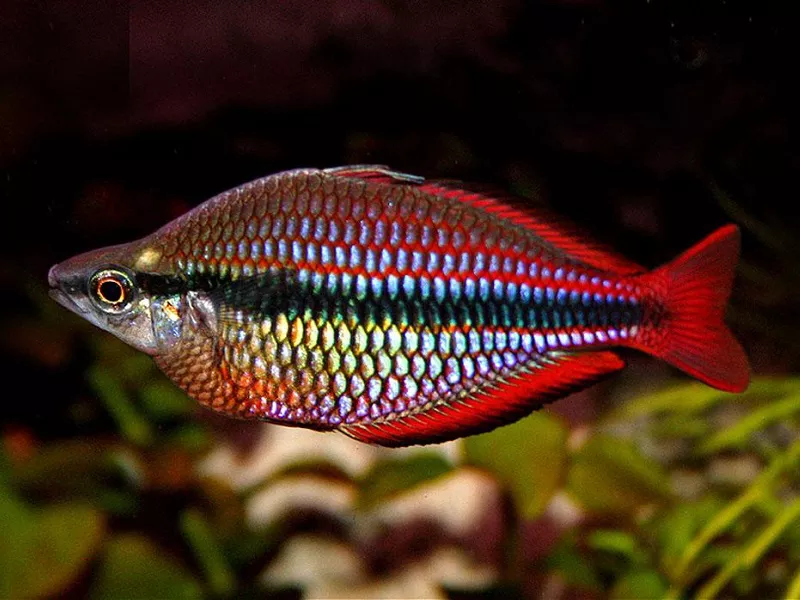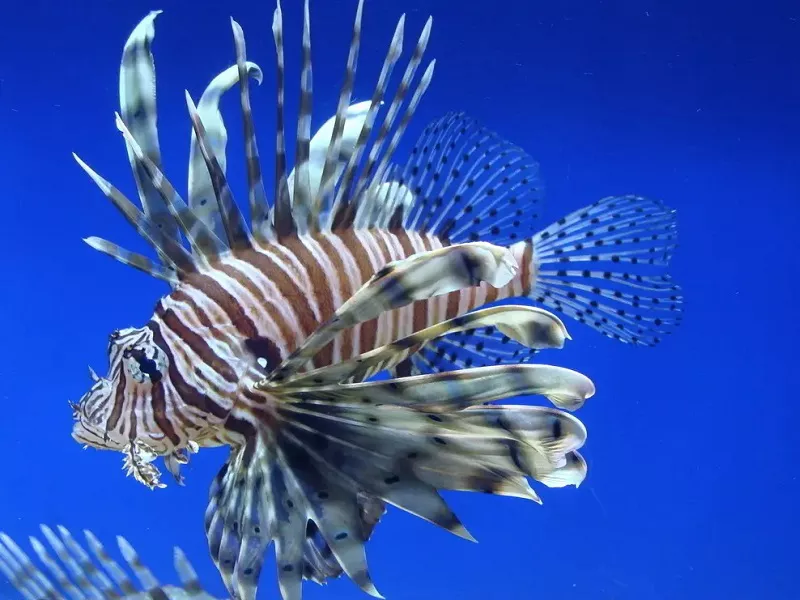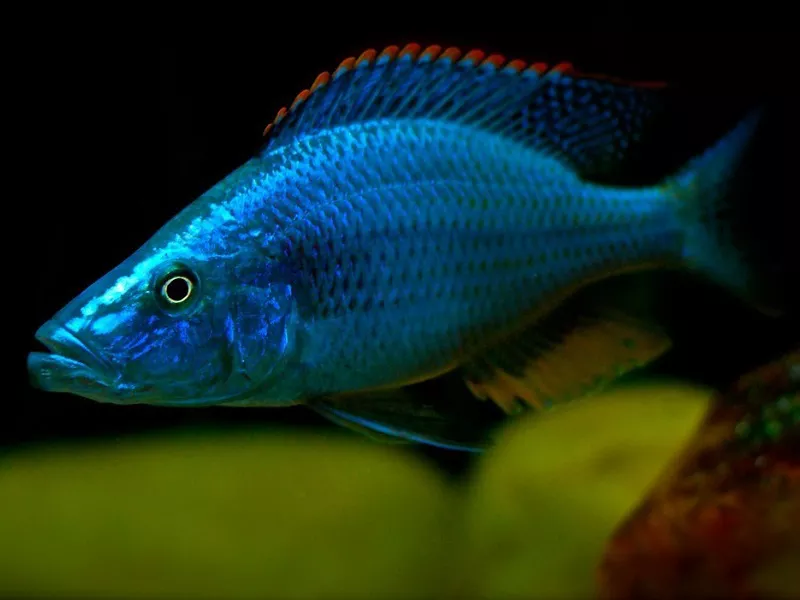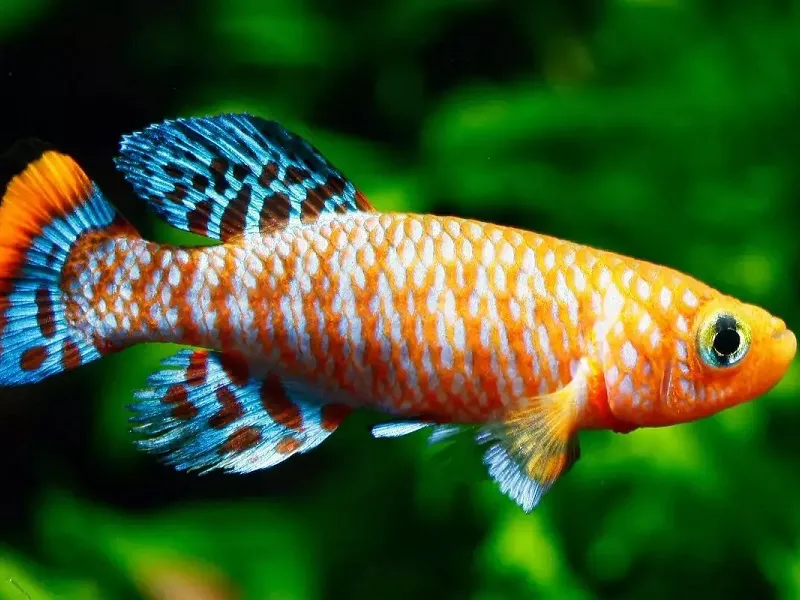What is a melanotaenia trifasciata?
The banded rainbowfish (melanotaenia trifasciata), also known as the Jewel rainbowfish, Goyder River rainbowfish, three-striped sunfish or regal rainbowfish, is a species of Rainbowfish found in the northerly regions of North Australia and Queensland. an adult Banded Rainbowfish can reach a stranded length of 15 cm -12 cm with a deep body usually exceeding 1/3 of their body length, like most Rainbowfish banded Rainbowfish vary in colour depending on where they were collected, but all variety’s have a distinct dark mid-lateral band and bright red/yellow Dorsal, anal, and caudal fins.
What does melanotaenia trifasciata look like?
Melanotaenia trifasciata have a spun cone shape. The dorsal fin is divided into two front and rear, the dorsal and anal fins are symmetrical up and down, and the fin rays are low and equal in width. Body color is light yellow-green, with several dotted pink vertical lines on the side of the body. There is a red round spot on the operculum, the dorsal and anal fins are bright red, and the caudal fin is light red. The fish is surrounded by red borders, and it looks like a blue ghost glowing with red light under the light, which is very beautiful.
Melanotaenia trifasciata feeding method
From the birth of the ribbon rainbow fish, friends who love fish must be busy preparing all kinds of food. The baby band rainbow fish can swim and forage soon after birth. You can start preparing to hatch brine shrimp, and you will have a hearty first meal soon after the little fish is born, but remember to pay attention to the amount of feeding. If you don’t have brine shrimp eggs, or you don’t have experience in hatching, you can also take the flakes of feed that are usually fed to adult fish, and grind the flakes into crumbs. Small fish can also eat it. The amount of bait you should pay attention to is the amount of bait you feed. It should not be too much, to avoid polluting the water quality if the small fish cannot be eaten. Another is to use boiled egg yolks, wrap them in a net, and shake them slightly in the water. Because it is too nutritious, the pollution of residual bait will be more terrifying. If necessary, you should prepare to change the water immediately after feeding.
Discrimination of male and female melanotaenia trifasciata
Males are relatively large and have red edges on each fin, while females are orange.
The redder the tail, back and belly represents the male fish, and the orange or yellow female fish (especially the tail is more obvious). The ends of the dorsal and anal fins of males are pointed, and the ends of the dorsal and anal fins of females are rounded. In addition, the color of male fish is brighter than that of female fish, and the size of male fish will be larger than that of female fish.
reproductive characteristics
The breeding water temperature is 27-28 degrees Celsius, and the female fish lays 200-300 eggs each time, and it takes a week to complete the spawning.


























